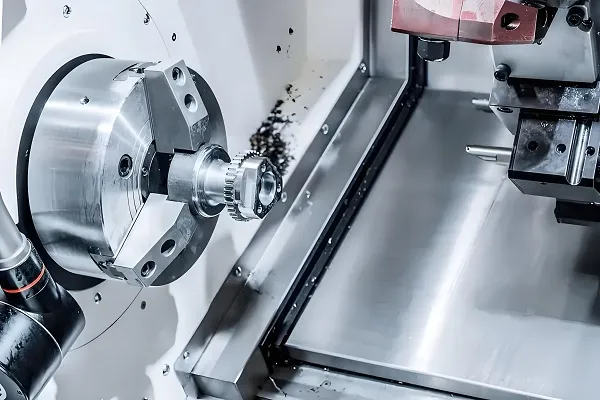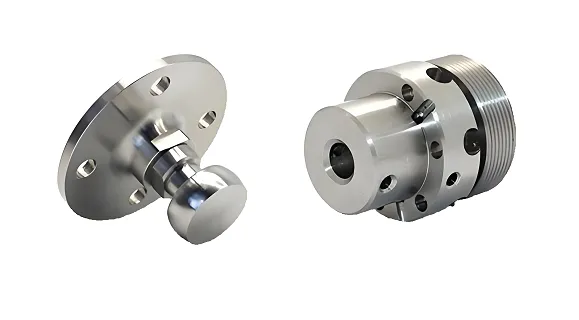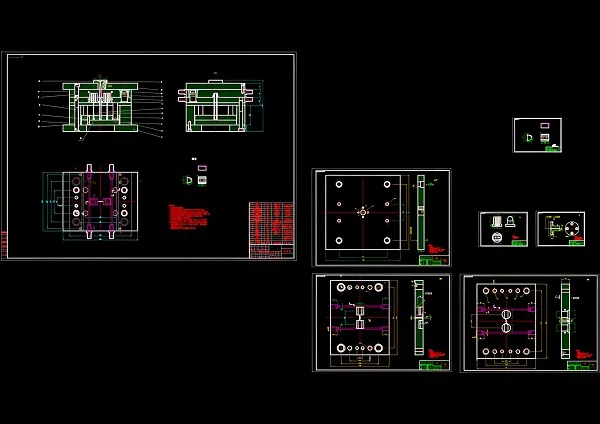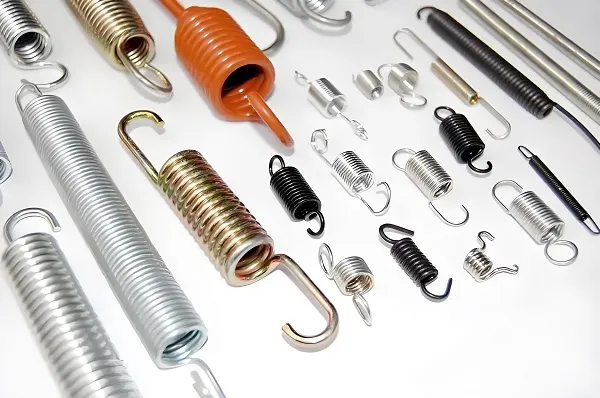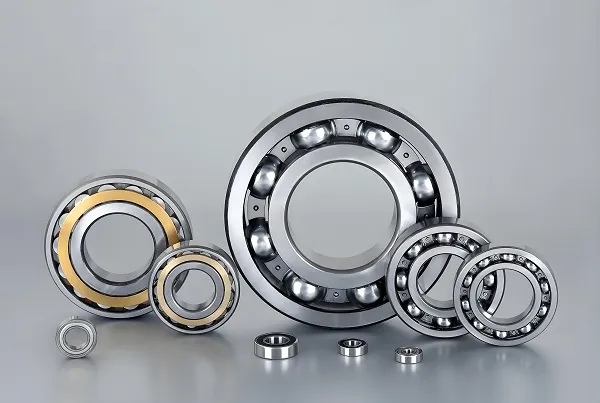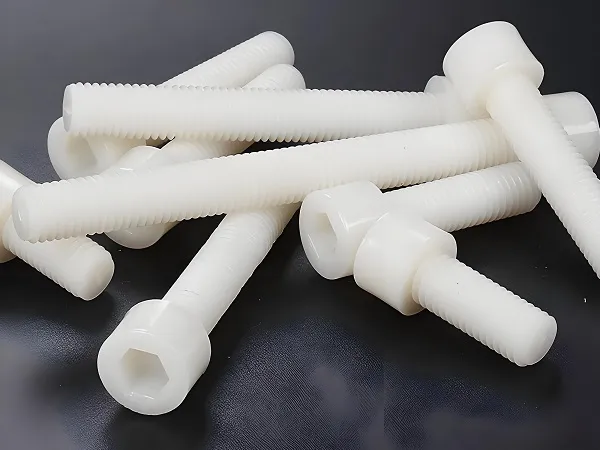As an important part of plastic products, injection molded parts are widely used in many fields such as automotive, electronics, medical and household. For buyers who are new to customizing injection molded parts, it is crucial to understand the customization process, screening criteria and technical techniques. The following is a concise and easy-to-understand basic encyclopedic guide designed to help buyers easily grasp the core knowledge of injection molded parts customization.
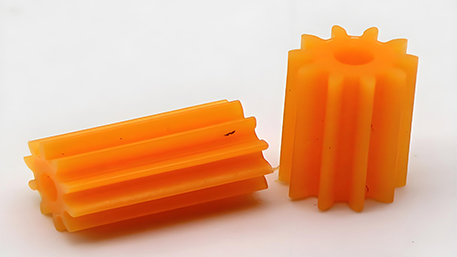
1. The basic process of injection molded parts customization
Define the need:
Determine the specific purpose, size, shape, quantity, material, delivery date, etc. of the required injection molded parts.
If there are drawings or samples, please prepare them for the manufacturer’s reference.
Select manufacturer:
Find a reputable manufacturer of injection molded parts with strong technical capabilities.
Inquire about the manufacturer’s customization capability, price, lead time, etc.
Design Confirmation:
Create a 3D model using CAD software to ensure that all dimensions, material properties and functional requirements are met.
Communicate with the manufacturer to confirm design details such as tolerances, surface treatments, colors, etc.
Mold Design and Fabrication:
Based on the design, make the molds required for injection molding.
The quality of the mold directly affects the accuracy and appearance of the final product.
Raw material preparation:
Select suitable plastic materials, such as ABS, PP, PE, PVC, PC, etc., to ensure that the requirements of biocompatibility, safety, mechanical properties and processing properties of injection molded parts are met.
Injection molding:
Inject the plastic in molten state into the mold, and get the injection molded part through cooling and curing.
Parameters such as barrel temperature, melt temperature, mold temperature and injection pressure are monitored to ensure product quality.
Post-processing and inspection:
Performs post-processing work such as deburring and surface treatment of injection molded parts.
Carry out quality inspection, including appearance, size, fit and other aspects of the inspection, to ensure that the product meets the design requirements.
Packaging and shipment:
Pack the injection molded parts to ensure that they are not damaged during transportation.
Ship the products according to the delivery date agreed in the contract.
2. Selection criteria for injection molded parts
Material selection:
According to the use of injection molded parts of the environment and functional requirements, select the appropriate plastic materials.
Consider the strength, toughness, heat resistance and chemical resistance of the material.
Dimensional tolerances:
Determine the appropriate range of dimensional tolerances according to the precision requirements for the use of injection molded parts.
Precision injection molded parts may require stricter tolerance control.
Appearance quality:
Check the surface of the injection molded part for defects, such as missing material, burnt, thimble marks, white lines, phi peaks, etc.
Ensure that the appearance of the injection molded part meets the design requirements.
Performance requirements:
According to the use scenario of the injection molded part, determine its required physical properties, chemical properties, etc..
If you need to withstand a certain pressure, temperature or chemical corrosion, etc., you need to choose the appropriate plastic materials.
Cost-effectiveness:
Under the premise of meeting the functional requirements, consider the cost-effectiveness and select cost-effective injection molded parts.
3. Injection molded parts of the relevant technical process
Injection molding process:
Melt temperature: Control the temperature of the melt to ensure that the plastic is completely melted and not overheated.
Mold Temperature: According to the characteristics of the plastic material, set the appropriate mold temperature to improve the appearance, deformation and size of the product.
Injection Pressure: Control the injection pressure to ensure that the melt is able to overcome the resistance needed to advance and form the desired shape and size.
Multi-color injection molding process:
Two-color injection molding: Using two materials to inject into one product to achieve the appearance effect of different color and touch.
Multi-color injection molding: Plastic materials of multiple colors are injected together to form complex color effects.
Secondary injection molding process:
Injection molding again on a plastic product that has already been injection molded once to increase the appearance performance or functional quality of the product.
Precision injection molding technology:
Such as micro-foam injection molding process, through the expansion of the pores to fill the product to improve the dimensional accuracy and surface quality of the product.
Surface treatment technology:
Such as painting, plating, printing, etc., to improve the appearance quality and corrosion resistance of injection molded parts.
Summarize
Customization of injection molded parts is a complex and delicate process that involves a variety of aspects such as material selection, dimensional tolerances, appearance quality, performance requirements and cost-effectiveness. By understanding these basics, buyers can better communicate with manufacturers to ensure that injection molded parts are customized to meet their needs. Choosing a reputable manufacturer with strong technical capabilities will help improve the quality and delivery efficiency of injection molded parts and reduce production costs. We hope this guide will help buyers easily grasp the core knowledge of customizing injection molded parts and contribute to the development of the manufacturing industry.

